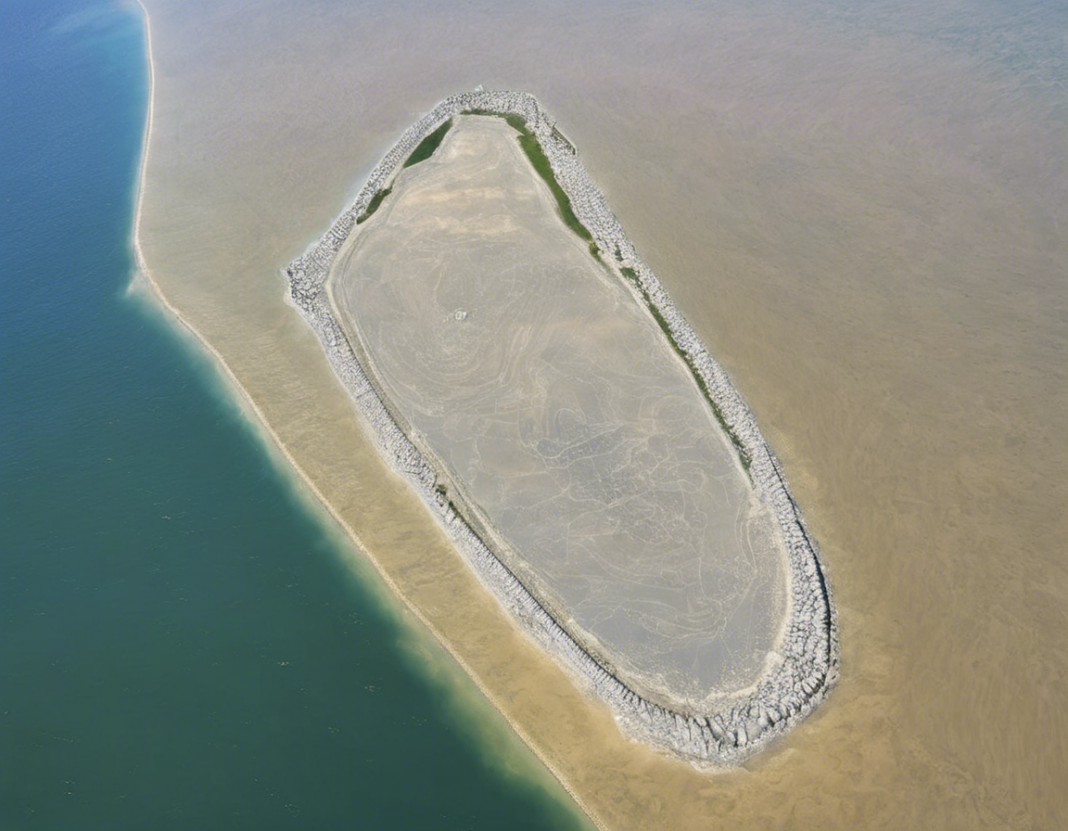The Ram Setu, also known as Adam’s Bridge, is a chain of limestone shoals between Pamban Island, also known as Rameswaram Island, off the southeastern coast of Tamil Nadu, India, and Mannar Island, off the northwestern coast of Sri Lanka.
The Setu holds great mythological and historical significance in Hindu tradition as it is believed to have been built by Lord Rama and his army to reach Lanka and rescue his wife, Sita, from the demon king Ravana. The Setu, according to Hindu scriptures, was constructed with the help of an army of monkeys led by Lord Hanuman. It is said that Lord Rama’s devoted follower, Nala, built the bridge by making stones float in water with Lord Rama’s name inscribed on them. The bridge holds a revered place in Indian culture and is a symbol of the power of faith and perseverance.
Ram Setu Stone Name
There has been much debate and speculation regarding the name of the stones used in the construction of the Ram Setu. While the bridge is primarily made of limestone shoals, the stones inscribed with Lord Rama’s name are said to have special significance. These stones are believed to have magical properties and were instrumental in the construction of the bridge.
The Significance of the Stones
The stones with Lord Rama’s name are considered sacred in Hindu mythology. It is believed that these stones not only floated on water but also had the power to withstand the waves and currents of the ocean. According to legend, when Lord Rama’s army began the construction of the bridge, the stones initially sank into the ocean. It was only when Nala inscribed Lord Rama’s name on the stones that they floated and formed a bridge across the sea.
Scientific Explanations
While the mythological significance of the Ram Setu and the stones inscribed with Lord Rama’s name hold immense importance in Hindu tradition, there have been attempts to analyze the bridge from a scientific perspective. Some researchers have suggested that the formation of the Ram Setu could be attributed to natural processes such as sedimentation and coral reef growth.
Geological Studies
Geological studies have indicated that the limestone shoals in the region could have been formed naturally over thousands of years. However, the exact origins of the Ram Setu and the stones inscribed with Lord Rama’s name continue to be a subject of debate and investigation.
Preservation Efforts
In recent years, there have been calls for the preservation and recognition of the Ram Setu as a cultural and historical heritage site. The bridge is not only a significant religious landmark but also a potential archaeological site that could provide valuable insights into ancient civilizations and maritime history.
FAQs about Ram Setu Stone Name
1. Is the bridge known as Ram Setu or Adam’s Bridge?
The bridge is referred to as Ram Setu in Hindu mythology and Indian tradition, while it is named Adam’s Bridge by colonial cartographers and Western researchers.
2. Are there any scientific studies to prove the existence of the stones inscribed with Lord Rama’s name?
While there have been geological studies on the formation of the Ram Setu, there is no scientific evidence to support the existence of stones inscribed with Lord Rama’s name.
3. Why is the Ram Setu considered significant in Hindu mythology?
The Ram Setu is believed to have been built by Lord Rama and his army to reach Lanka and rescue Sita from Ravana, making it a symbol of faith and valor in Hindu tradition.
4. What is the current status of the conservation efforts for the Ram Setu?
There have been calls for the preservation and recognition of the Ram Setu as a cultural and historical heritage site, but its conservation status remains a topic of discussion.
5. Are there any ongoing research projects focused on the Ram Setu and its geological formation?
There are research projects and studies being conducted to explore the geological origins of the Ram Setu and its significance in Indian history and culture.

